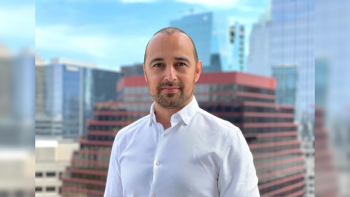
The UK's New "Revolutionary" Medicines Optimization Plan
The UK’s Royal Pharmaceutical Society has joined forces with a number of other organizations, including the Association of the British Pharmaceutical Industry (ABPI), to issue new guidance on medicines optimization. Sir Bruce Keogh, Medical Director of NHS England, says it could be revolutionary.
The UK’s Royal Pharmaceutical Society has joined forces with a number of other organizations, including the Association of the British Pharmaceutical Industry (ABPI), to issue new guidance on medicines optimization. Sir Bruce Keogh, Medical Director of NHS England, says it could be revolutionary.
The guidance is driven by increasing recognition of how many medicines just aren’t used as they should be; wasting money (some £150 million in primary care alone) and effort from across the chain of industry and professionals involved in developing, delivering and prescribing medicines. Underlying that it’s also getting a higher profile as the debate and efforts to quantify real world effectiveness ramps up; companies are under pressure to show just what patients and the system that pays are getting for each £ spent on medicines. And if patients just don’t take their medicines the way they are supposed to, that’s a crucial break in the chain for companies who must show just what the benefits are of their products in real life.
According to the guide medicines optimization is “about ensuring that the right patients get the right choice of medicine, at the right time”. That’s been a mantra for a while, so what’s new about this? The guide says that the differences are about focusing on patient experience and multi-disciplinary team working not seen before. For industry, their responsibility lies in “transparent and value for money partnerships with the NHS that help secure better outcomes for patients”.
There is much to welcome in the document, and presumably the ABPI worked hard to ensure that it picked up on:
• The NHS Constitution and patients rights to NICE approved treatments
• Automatic inclusion on formularies of NICE approved treatments
• Costs are lowered by avoiding avoidable harm and avoiding admissions to hospital
And dis-investment features too; where treatments are of limited clinical value, they should not be used.
But where is becomes more difficult to claim revolution is in whether the guidance will be picked up and used on the ground. The spirit of the guidance has been around for some time, but the guidance also stresses the importance of measuring the impact. That’s could be a real driver, if busy professionals take up the challenge…..
Newsletter
Lead with insight with the Pharmaceutical Executive newsletter, featuring strategic analysis, leadership trends, and market intelligence for biopharma decision-makers.





